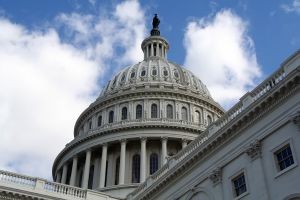According to a recent news article from Huffington Post, Representative Paul Ryan is not at all happy with the bipartisan budget bill his staff helped draft to provide funding to the Social Security disability fund. This is the fund the United States Social Security Administration (SSA) runs to provide Social Security Disability Insurance (SSDI) benefits and Supplemental Security Income (SSI) benefits.
 If the budget legislation, which provided a few more years of funding to the disability fund, was not approved, around 10 million Americans would face a 19 percent reduction in their benefits checks each month, and this would be devastating for these Americans, as they would no longer be able to make ends meet and take care of their families. Continue reading
If the budget legislation, which provided a few more years of funding to the disability fund, was not approved, around 10 million Americans would face a 19 percent reduction in their benefits checks each month, and this would be devastating for these Americans, as they would no longer be able to make ends meet and take care of their families. Continue reading
 Massachusetts Social Security Disability Lawyers Blog
Massachusetts Social Security Disability Lawyers Blog





